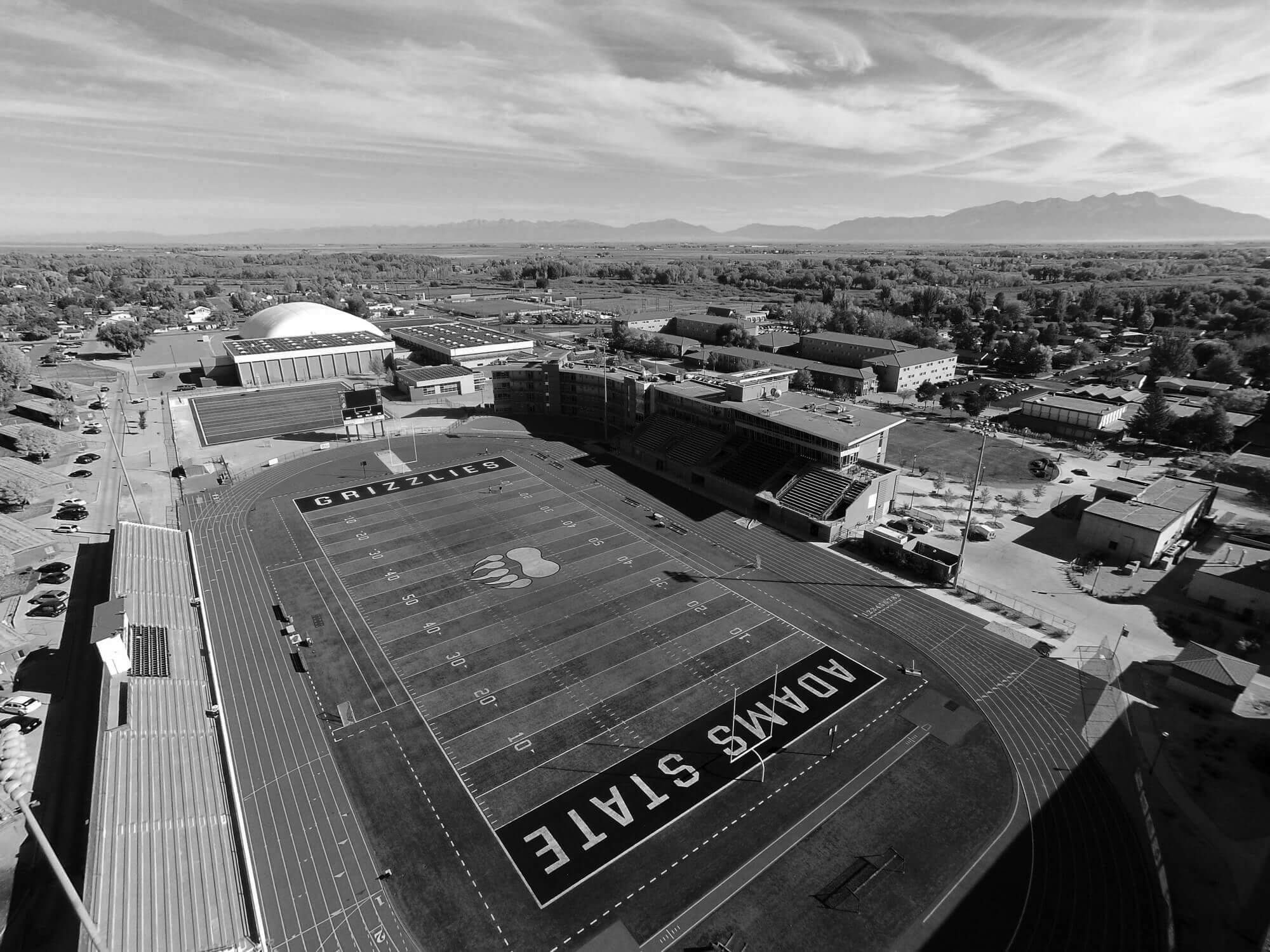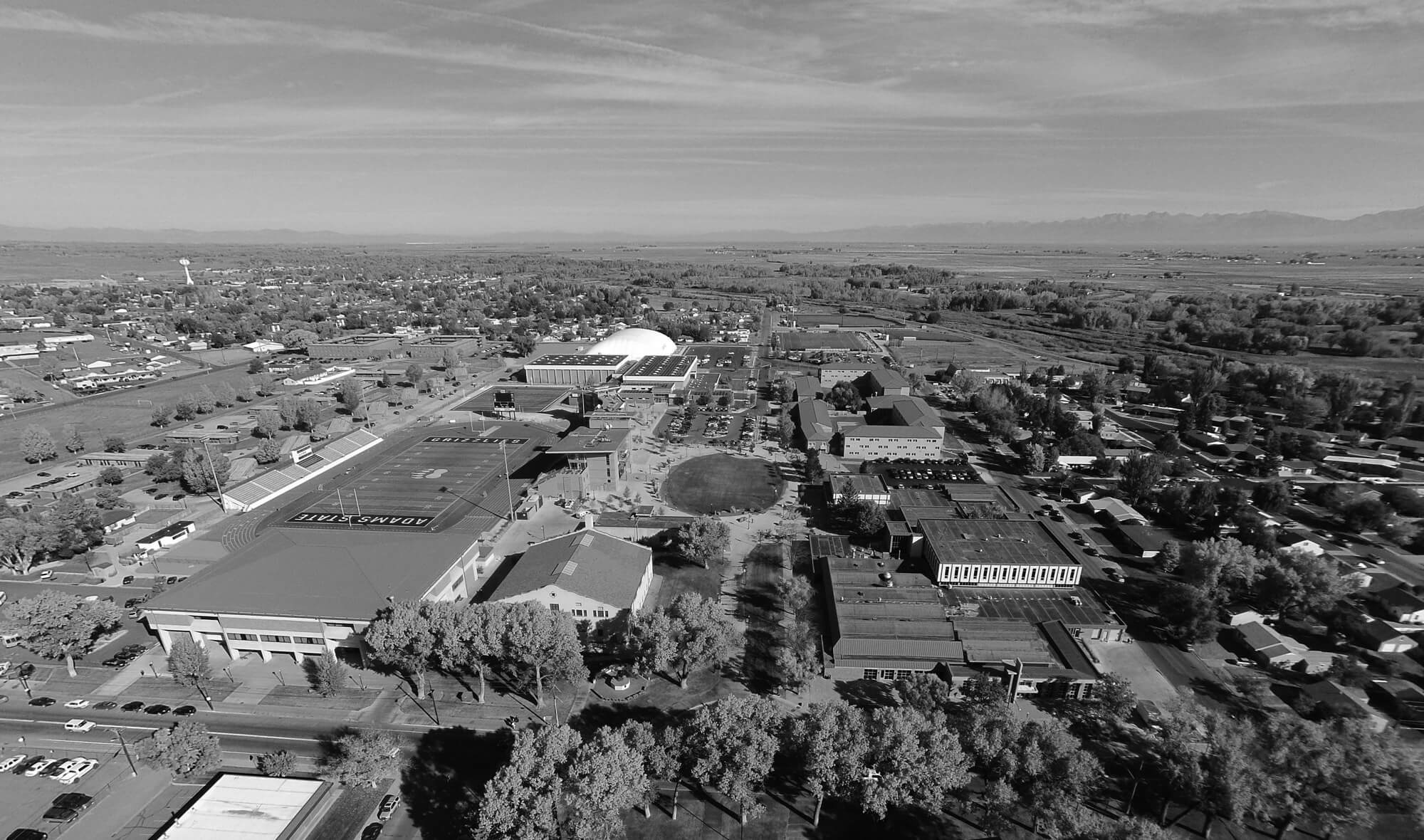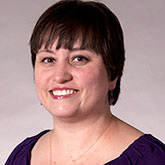Communication & Media Studies
Bachelors of Arts in Communication & Media
Bachelors of Arts in Communication & Media

The Haynie Center is the home of the Adams State student-run media, including: The Paw Print newspaper; KASF Grizz Radio; Grizzly Video Production and the SandHill Review, literary and arts magazine. The center is located on the north end of the Student Union Building. The center is named after Brooks Haynie, Ph.D, who passed away in the fall of 2006. He taught Mass Communication at Adams State from 1998 until 2006.
You’ll analyze different forms of media, study the impact media has on our culture, and learn about media history and laws. You may also have a chance to test the waters by creating media projects of your own. Most students graduate with a well rounded portfolio.


